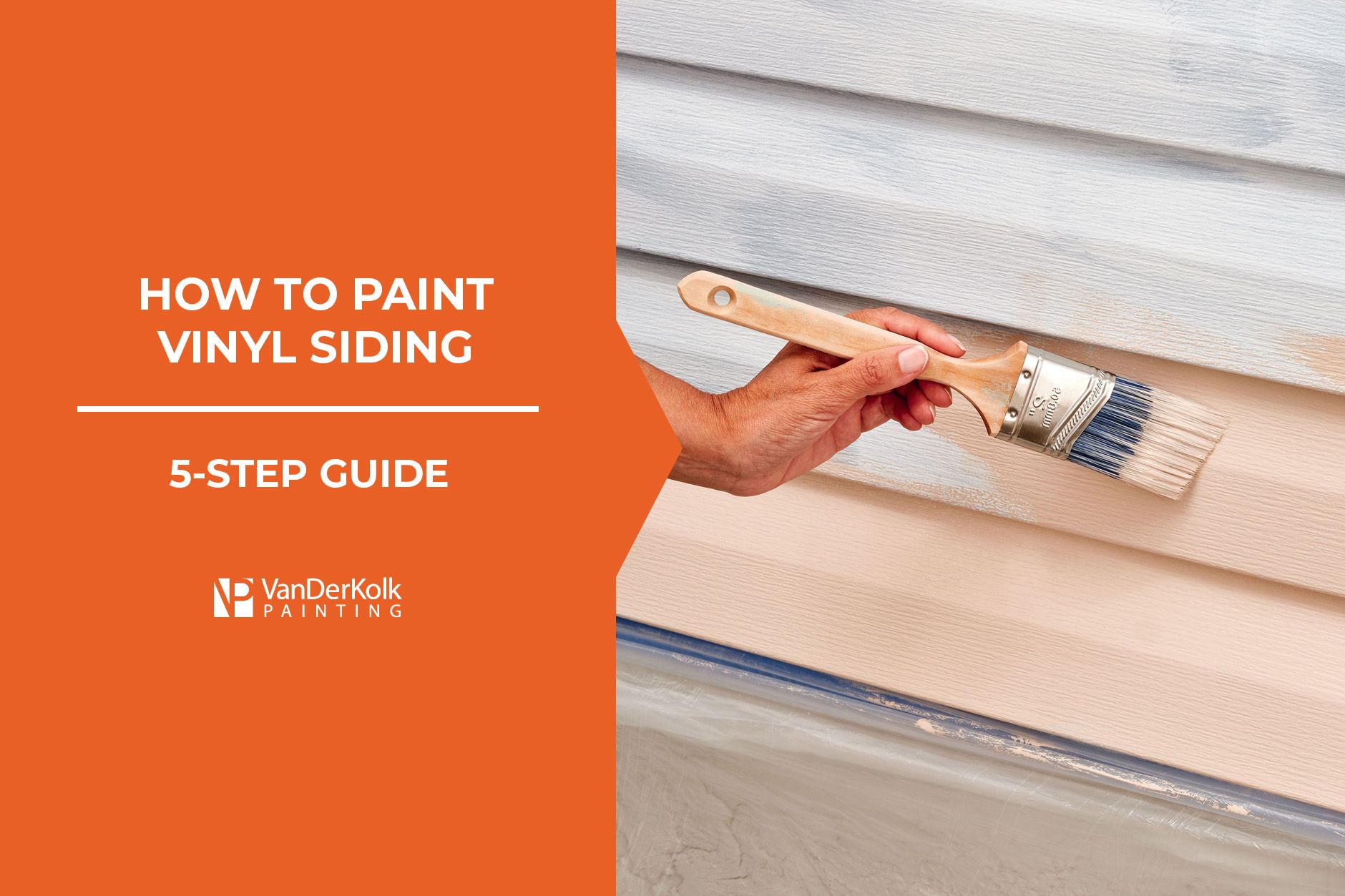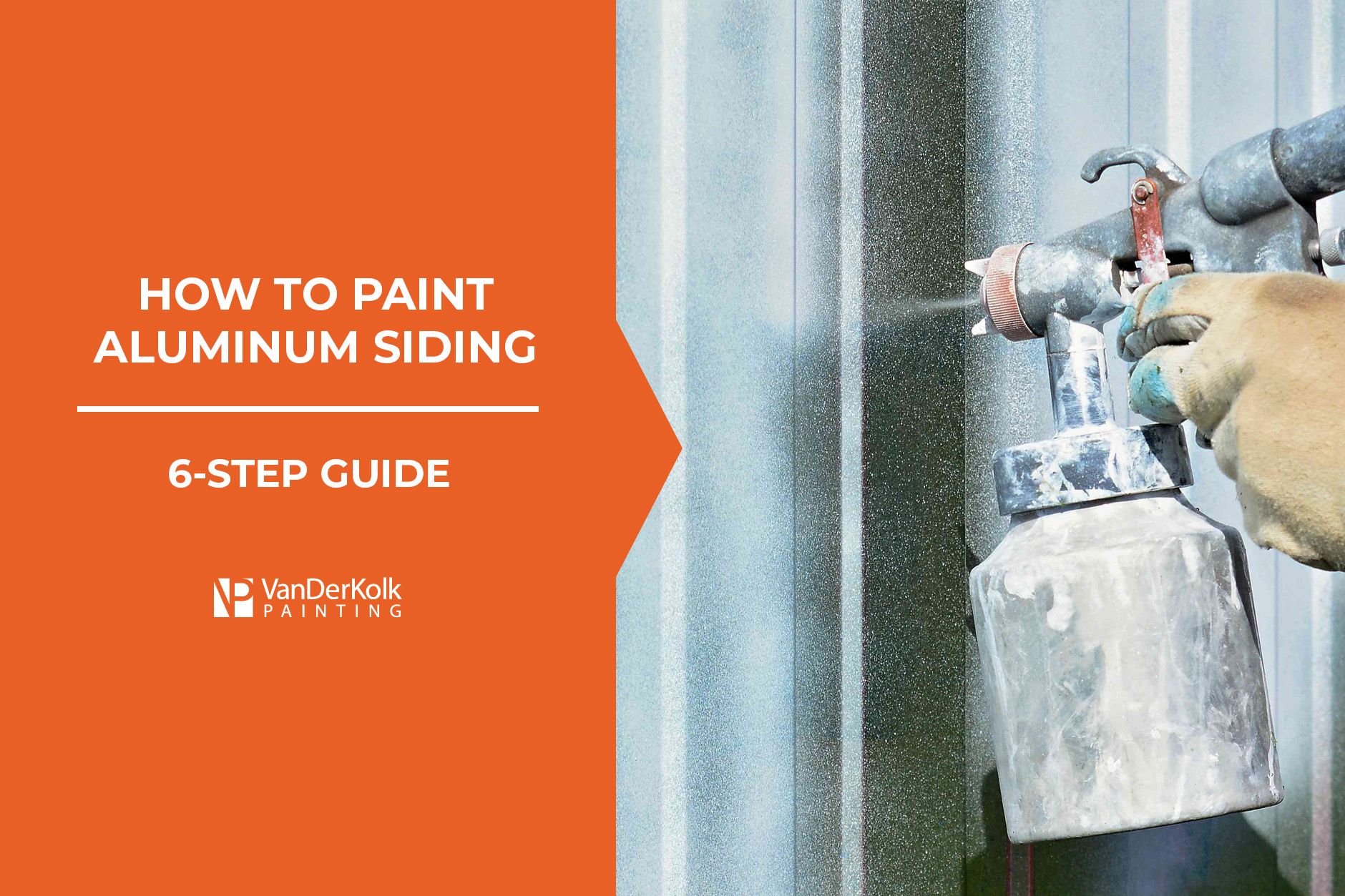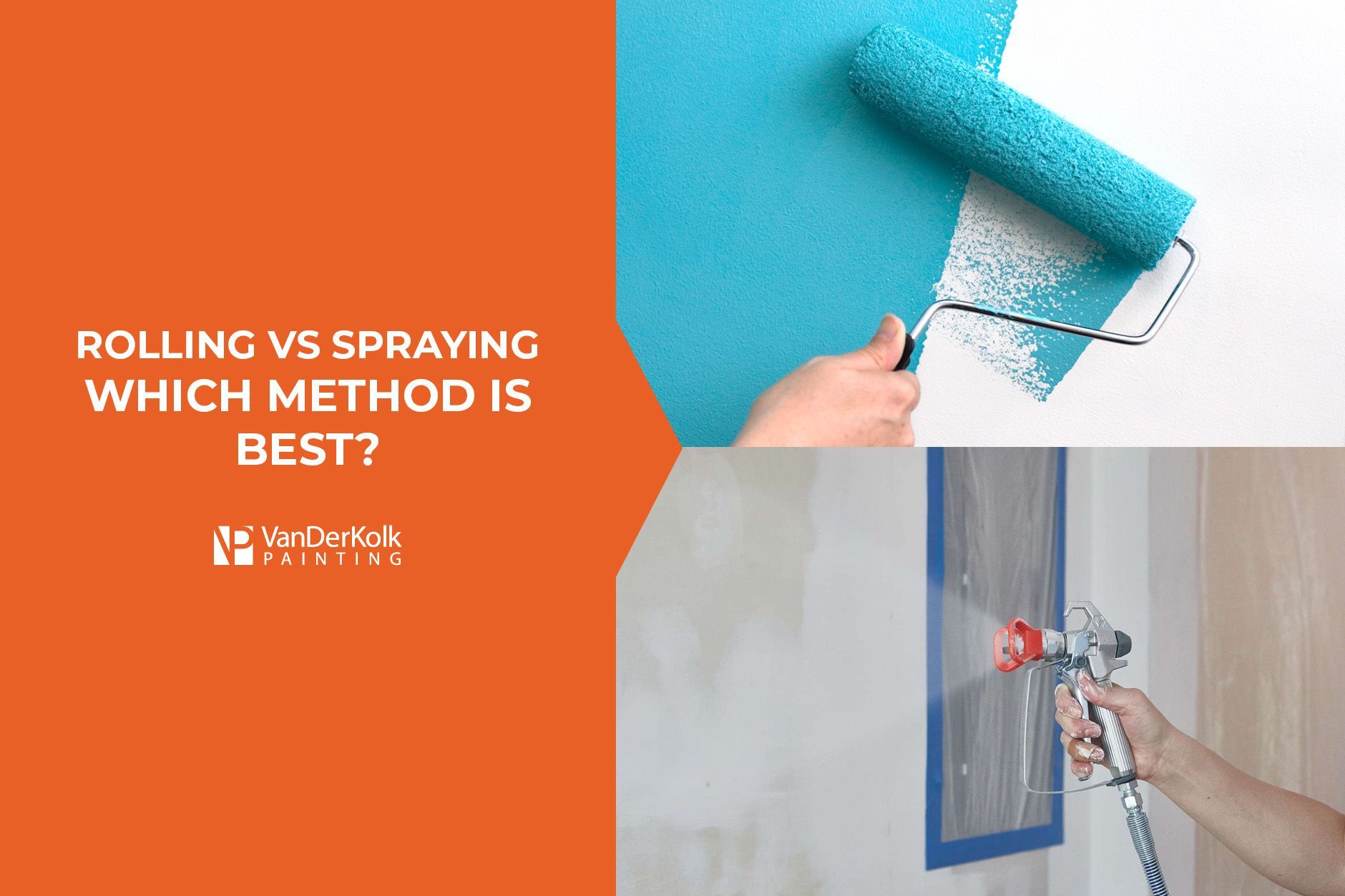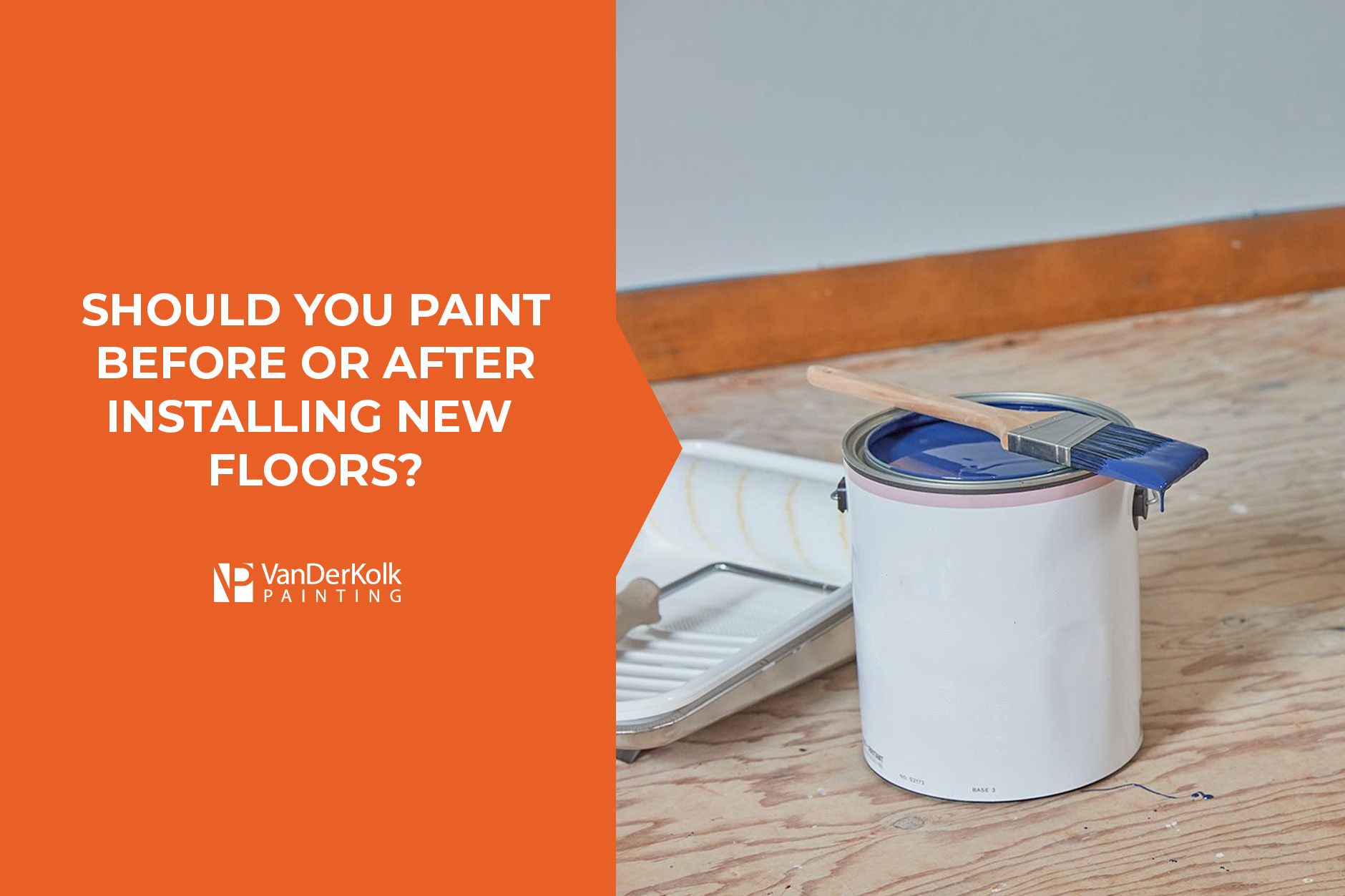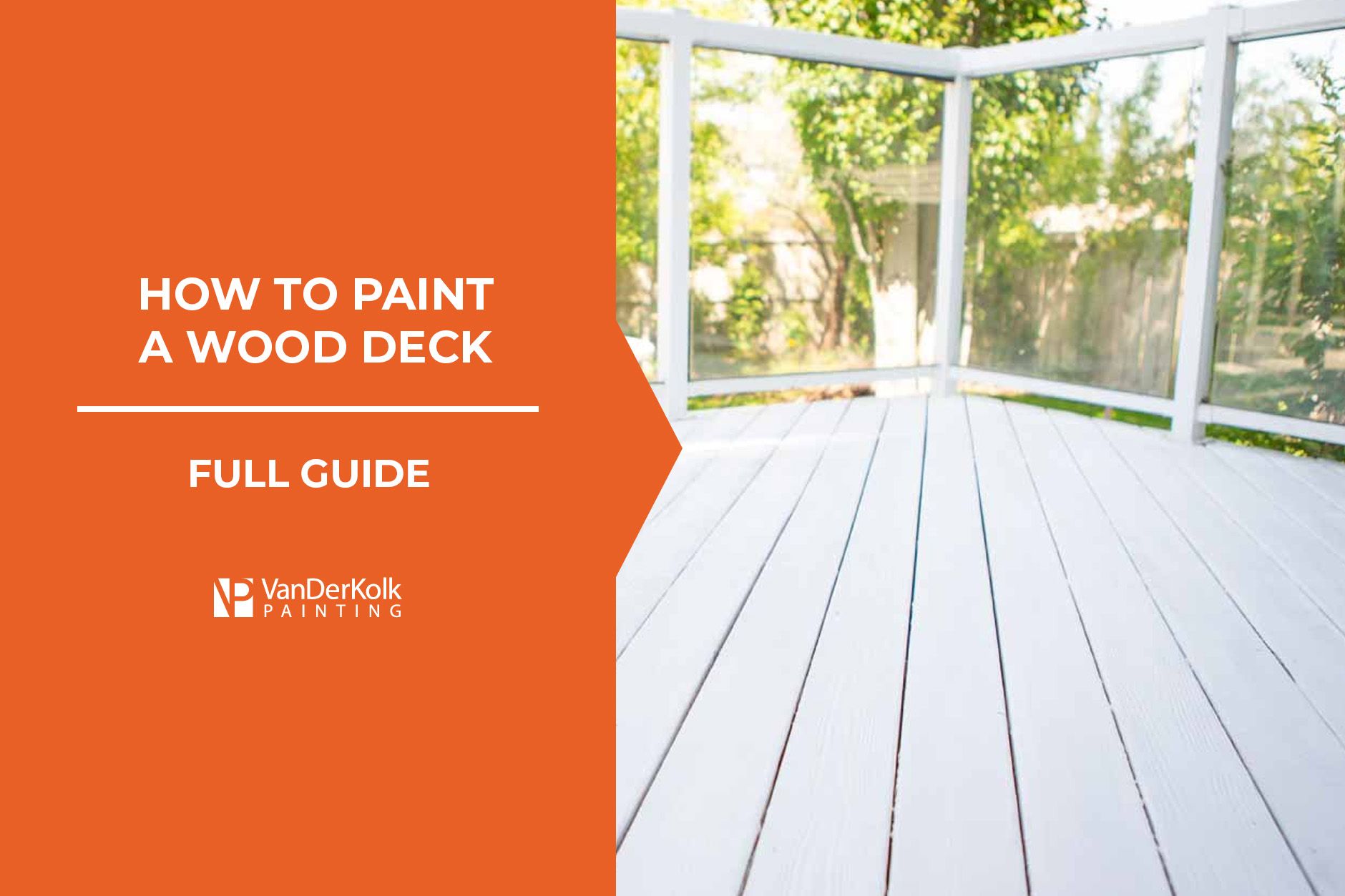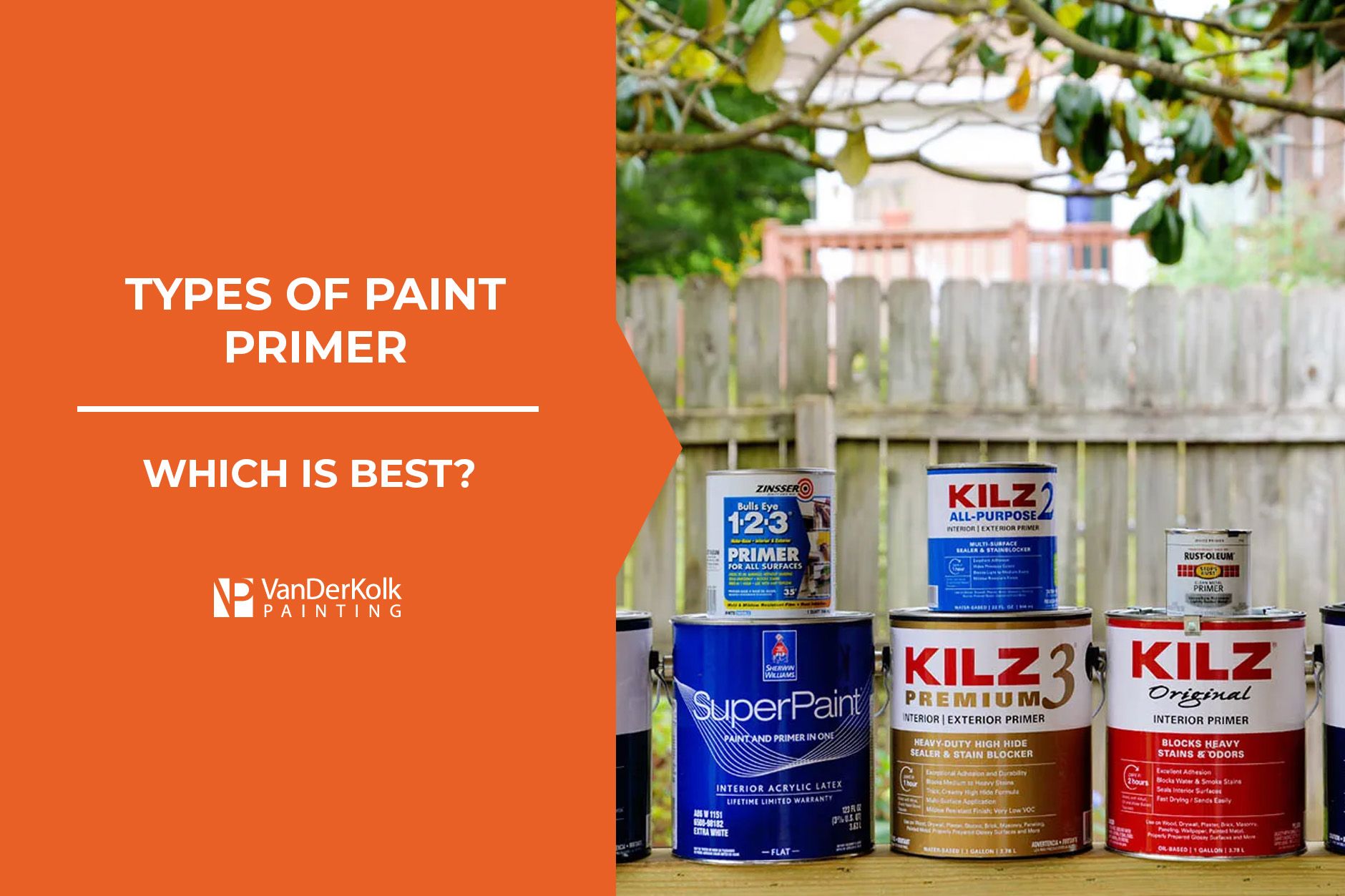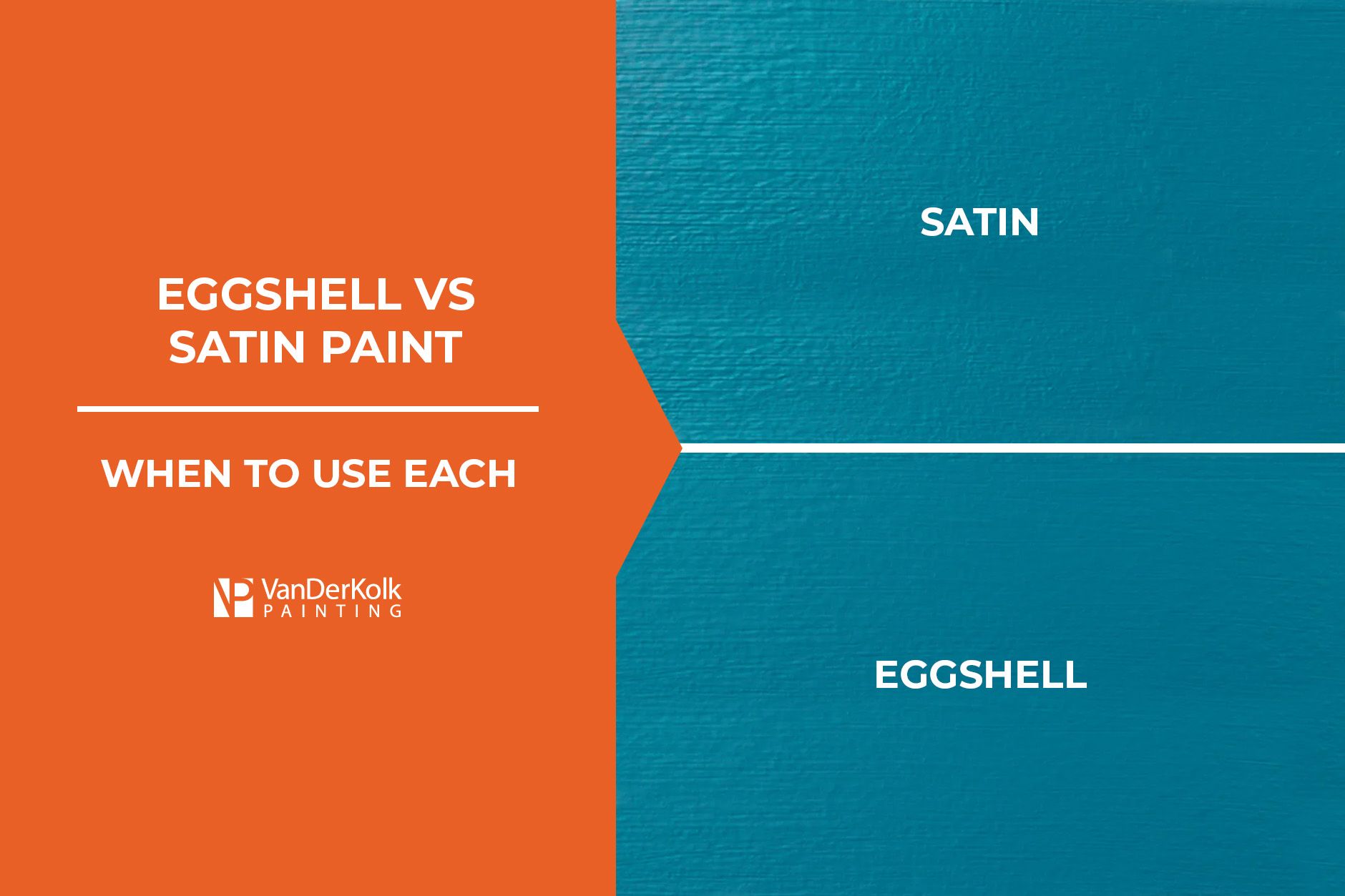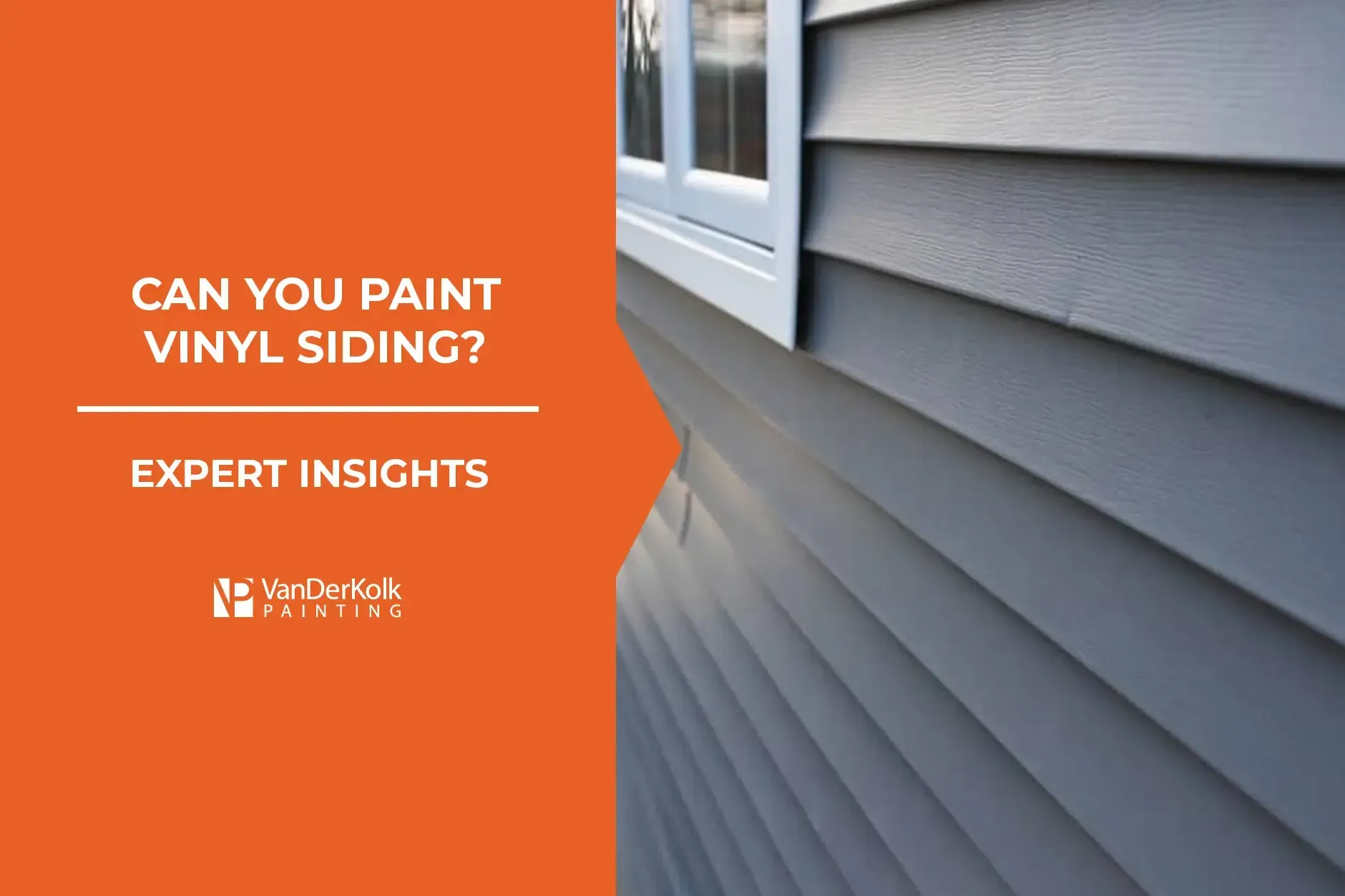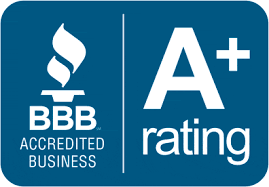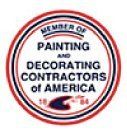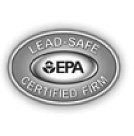Elastomeric Paint: Pros, Cons, and When to Use It
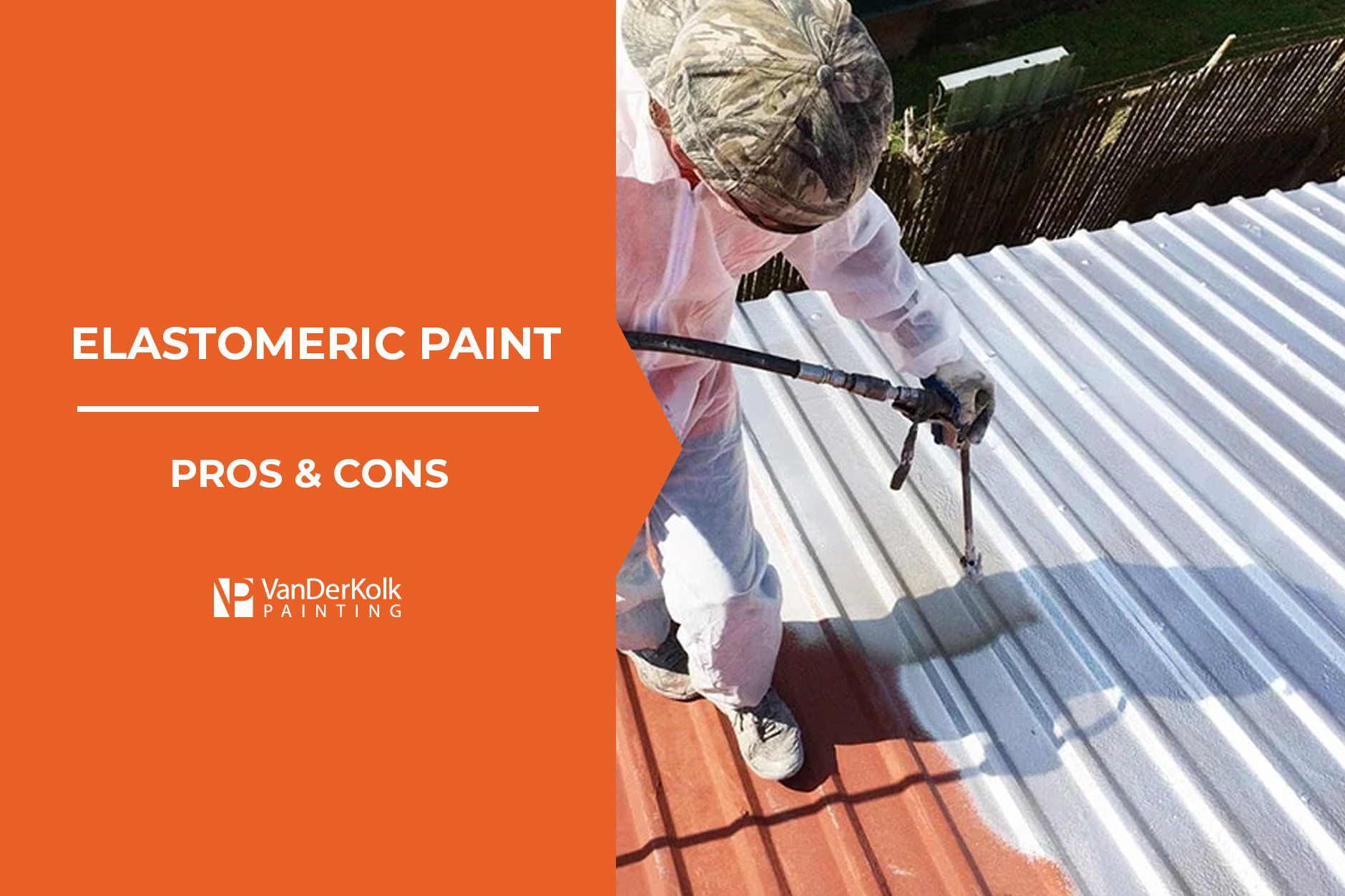
As you consider a painting project, whether it’s around your home’s exterior or in an industrial space, the question of what type of paint to use is front and center. During your research, you came across elastomeric paint as an option. But is it the right one for your painting project?
At
VanDerKolk Painting, we understand the importance of selecting the right paint for every project. Not all paints are formulated the same way. So, choosing the one that not only looks great but also protects your surface is crucial.
That’s why we are diving into the pros and cons of elastomeric paint and the best time to use it. By the end of this article, you can better understand what elastomeric paint is and whether it is the right choice for your painting project.
What is Elastomeric Paint?
Elastomeric paint is a fairly new formula introduced in the 1950s, originally as a roof coating. Over the years, it has become a popular choice for exterior home and industrial projects (both interior and exterior) thanks to its extreme durability, longevity, and protective qualities.
The consistency is very thick—almost rubber-like—making it ideal for surfaces with small cracks and crevices. It also provides waterproofing, acting as a sealant to prevent moisture damage. What makes this type of paint suitable for exterior use is its flexibility, which allows it to expand and contract with extreme temperatures.
It’s an excellent choice for homeowners or businesses who require a long-lasting protective coating on their property or outdoor structures.
When to Use Elastomeric Paint
Elastomeric paint is mainly used for exterior painting and coating projects. Homeowners use it on the siding of their homes or even brick structures on their properties. However, it is also commonly used for interior painting in industrial settings.
Elastomeric paint is ideal in environments where paint chips or flakes can’t be tolerated. As an example, you wouldn’t want paint chips to fall into food, so food manufacturers will often use elastomeric paint on factory ceilings and walls.
This type of paint provides a protective coating for surfaces, helping prolong the structure’s lifespan. It’s perfect for
West Michigan’s humid summers and lake-effect weather, where moisture protection is essential.
Ideally, it is used on surfaces that have small hairline cracks or crevices that need to be filled. Elastomeric paint not only fills these small spaces, but can prevent new ones from forming over time.
While elastomeric paint is great for exterior projects and surfaces in high-humidity or wet environments, it is not suitable for
all
surfaces.
Best Surfaces for Elastomeric Paint
When using elastomeric paint, apply it to a porous, rigid, or crack-prone exterior surface that needs waterproofing and flexibility.
The best surfaces for elastomeric paint include:
- Stucco: Most commonly used on stucco as it protects against rain penetration and fills hairline cracks.
- Concrete (Walls, Foundations, and Tilt-Up Panels): Adheres well to the surface, prevents moisture from seeping in, and expands and contracts to prevent peeling.
- Masonry and Brick: Creates a waterproof barrier that keeps out water while sealing porous joints.
- Cement Block (CMU): Prevents efflorescence and water intrusion; works best on commercial and basement walls.
- Fiber Cement Siding: Provides added flexibility and moisture resistance for cement board siding.
Using elastomeric paint on these surfaces ensures the best protection, durability, and aesthetic for your exterior project.
When to Avoid Using Elastomeric Paint
Elastomeric paint is an excellent choice for painting many building materials, but it is not for every surface. These are the surfaces you should not use elastomeric paint:
- Wood: Wood needs to “breathe,” and elastomeric paint can trap moisture, leading to rot or peeling.
- Metal: Doesn’t adhere properly and may blister or peel due to poor flexibility on metal expansion.
- Previously Painted Surfaces: It won’t adhere to flaking or glossy paint unless thoroughly cleaned and primed. Oil-based layers should be removed or etched before applying.
- Vinyl or Plastic Siding: These materials flex differently than masonry, leading to adhesion and cracking issues.
If your property has wood siding, metal trim, or vinyl siding, it’s better to use a premium acrylic latex paint designed for flexibility and breathability rather than elastomeric paint.
Advantages of Elastomeric Paint
When using elastomeric paint on surfaces like stucco, brick, or concrete, it offers several advantages, including significantly extending the lifespan of the surface.
Waterproofing You Can Actually Feel Working
Elastomeric paint isn’t just “water-resistant” like many exterior coatings. Instead, it forms a continuous, rubbery film that blocks wind-driven rain from soaking into stucco, masonry, and concrete.
On porous exteriors, this barrier helps stop leaks, paint blistering, and interior moisture problems that start when water sneaks through hairline cracks. If you’ve had recurring water stains or efflorescence on block or stucco, this is one of the few coatings designed to shut that cycle down.
Flexes With Your Structure Instead of Fighting It
Buildings expand and contract from daily temperature swings and seasonal shifts. Traditional paints move a little, but elastomers stretch much farther without tearing. That means the coating doesn’t split open when the wall moves.
This flexibility is valuable on stucco and cement surfaces that naturally develop hairline cracking. The coating bridges these micro-cracks and keeps them from telegraphing through the surface.
Offers Longevity When Applied Correctly
Because the film from the elastomeric paint is thick and UV-resistant, it weathers slowly and protects the surface underneath. It’s common for a properly applied elastomeric system—primer plus two full coats—to outlast premium acrylic paint, especially in wet or coastal climates. Elastomeric paint typically lasts for 10 to 20 years.
Great at Taming Rough Stucco
If your stucco is patched, crazed, or a bit chalky even after prep, the high-build nature of elastomeric paint visually evens things out. It fills micro-texture and softens small imperfections, giving your facade a more uniform, “renewed” look without re-stuccoing.
Can Reduce Secondary Moisture Issues
By keeping bulk water out of a wall, elastomeric coatings indirectly help with problems like rusting lath, freeze-thaw spalling, and efflorescence. Less water in your wall means fewer musty odors indoors and fewer interior paint failures next season. It’s not a fix for structural drainage problems, but it is a strong line of defense.
Disadvantages of Elastomeric Paint
Elastomeric paint is an ideal choice for stucco, cement, and masonry surfaces, but there are some factors to consider before committing to using it.
Requires A Lot of Prep and Thick Application
This type of paint must be applied thickly to work as intended. If the paint is applied too thinly, you can lose the crack-bridging and waterproofing qualities. Surfaces also need thorough washing, neutralization of chalk, repair of active cracks, and, often, a masonry primer before application.
If the prep is not done correctly, the elastomeric paint may blister or start to peel.
Limited Breathability Can Trap Existing Moisture
That wonderful water barrier works in both directions. If moisture is already inside the wall—maybe from a sprinkler leak or damp foundation—an elastomeric coating can slow its escape.
Trapped vapor may push the coating off or feed mold behind the finish. Before choosing elastomeric paint, it’s wise to address any drainage issues, fix leaks, and confirm the surface is dry.
Fewer Sheen and Color Options
Most elastomeric paints are flat and very low-sheen, and the thick film subtly changes the surface texture. That’s usually fine for stucco, but always ideal if you want a crisp, refined look on smoother surfaces.
There are fewer color options available in elastomeric paint than in acrylic latex paint. However, it’s very common to stick to neutral colors for exteriors and industrial interiors.
Higher Upfront Costs
Gallons of elastomeric paint cost more than acrylic latex paint. Its coverage rate is also lower because you need to apply a thick coating to the surface. Add the need for primer and two full-build coats, and your material (and labor) costs rise.
While elastomeric paint is more expensive, homeowners often get greater longevity from it and save on repainting. So, in the long run, it is a sound investment for homeowners and businesses.
Should You Hire a Professional Painter to Apply Elastomeric Paint?
When it comes to elastomeric paint application, most property owners choose to hire a professional painting company, such as VanDerKolk Painting, for prepping, priming, and painting. Our team at VanDerKolk Painting has helped hundreds of Grand Rapids homeowners protect stucco and masonry exteriors with professional elastomeric coatings.
Due to the thick formula and the need for proper prep work before application, it is best to hire a professional. They have the tools and experience to apply elastomeric paint to your exterior surface, ensuring longevity and protection.
Read Next:
Average Cost of Exterior House Painting
Find Out if Elastomeric Paint is Right for Your Project with VanDerKolk Painting
Understanding what type of paint your exterior project requires is just as important as the application process. That’s where VanDerKolk Painting can help!
For more than 30 years, we have helped Michigan homeowners and businesses protect their property while enhancing their appearance. When you choose us, we will assess your project’s needs and recommend the best paint (and color, when applicable) before starting.
When you work with VanDerKolk Painting, you can rest assured that the highest-quality paint will be applied to protect your property from the abuse of everyday wear and tear and the harsh Michigan weather.
Request a free estimate today to see if elastomeric paint is the right choice for your exterior project.
FAQs About Elastomeric Paint
What is the lifespan of elastomeric paint?
Elastomeric paint can last between 10 and 20 years, making it one of the most durable exterior paint formulas available.
Can you use elastomeric paint indoors?
Elastomeric paint is most commonly used outdoors due to its thick consistency and moisture-protecting qualities. It’s best to avoid interior use due to its strong odor and VOCs. On rare occasions, you can use elastomeric paint indoors when painting basement or foundation walls.
Can you paint over elastomeric paint?
Yes, it is possible to paint over elastomeric paint, but only if the new paint is another elastomeric coating or a 100% compatible acrylic paint. Since elastomeric paint forms a non-porous film, improper topcoating can lead to poor adhesion and peeling.
Can you apply elastomeric paint yourself?
While it’s possible, it’s best left to professionals to apply elastomeric paint. The coating must be applied to the correct thickness (usually with an airless sprayer or a heavy roller), and the surfaces must be clean and dry. This is a DIY job that is best left to the painting professionals at VanDerKolk Painting.
Request A Free Quote
Our Services
Residential Services
Commercial & Industrial Services
